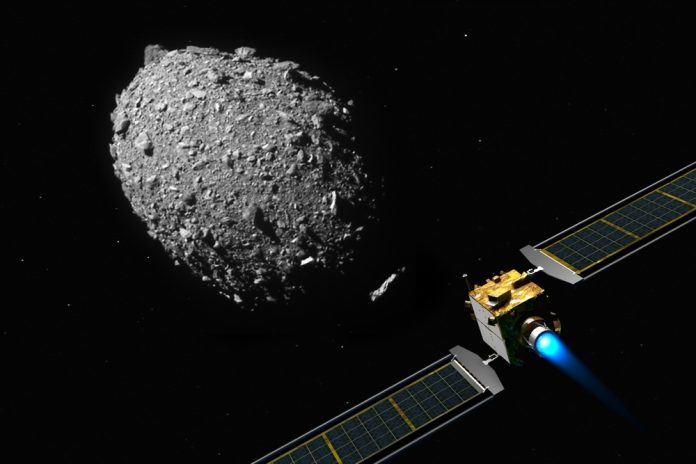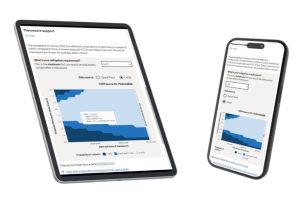New upgrades to the Monitor Space Hazards platform can help operators avoid orbital collisions by visualising manoeuvre options available to them.
In Earth’s increasingly important and crowded orbital environment, the ability to plan and undertake precise satellite manoeuvres is essential for preventing avoidable orbital collisions, which have the potential to harm both the satellite and the orbital environment.
The new support feature, Manoeuvre Trade Space Plots, allows satellite operators to identify the most effective collision avoidance strategies.
High volumes of satellites are at risk of colliding
In Earth’s increasingly important and crowded orbital environment, the ability to plan and undertake precise satellite manoeuvres is essential for preventing avoidable collisions – which have the potential to be harmful to both the satellite itself and the orbital environment.
The Monitor Space Hazards Platform tracks an average of 19,000 orbital collision risks every month affecting UK satellites.
How does the upgrade work to prevent orbital collisions?
If a potential conjunction event has been assessed as having a chance of an orbital collision higher than 0.001%, further calculations are done to determine the probability of this event occurring after a range of possible avoidance manoeuvres.
This varying likelihood is depicted in the form of Manoeuvre Trade Space Plots.
These plots indicate the conjunction probability for this event from the time of identification up to the Time of Closest Approach (TCA) between the two objects. Analysts regularly review new data as it comes in to inform the results.
Manoeuvre Trade Space Plots marks a significant milestone in NSpOC’s commitment to advancing space safety and operational efficiency in an increasingly congested orbital environment.
What are the benefits?
Manoeuvrable spacecraft have finite fuel reserves for undertaking critical movements to avoid oncoming debris and satellites.
This means flight dynamics teams must plan potential manoeuvres carefully to ensure enough fuel is available for future manoeuvres, for example, to avoid potentially catastrophic orbital collisions or to de-orbit at the end of the mission.
Additional information about the risk profile of each manoeuvre can help operators understand the risks and implications of their manoeuvre to make better use of their fuel and extend the lifespan of their satellite.
Operators can access further support by contacting the NSpOC orbital analysts.










